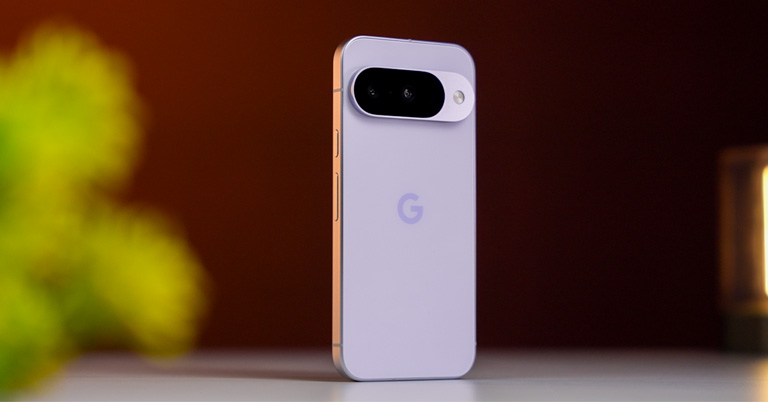No headings found
Why Trust Gadgetbyte?
At Gadgetbyte, we invest substantial hours into rigorously testing each product or service we review, guaranteeing that you make informed purchases. Learn more about our testing process.
Review Overview
Rear Camera
8/10
Front Camera
8/10
Audio and Haptics
8.5/10
Battery and Charging
9/10
Software
9.5/10
Value for money
6/10
Pixel 10 delivers one of the smoothest software experiences and stellar battery life in a compact package. The 5X telephoto lens and natural colors are really good here, but performance and gaming power are just unacceptable for a phone this expensive. Cameras, especially portraits and videos, lag behind expectations as well. If software and design are the only thing that matters to you, it’s worth a look otherwise its just not worth it.
Display
9/10
Design
8.5/10
Performance
6/10
For the past few weeks, we have been daily-driving the Google Pixel 10 - yes, another compact phone in 2025! If you look at the number of compact phones that have been launched this year – it's quite astonishing! Literally, every brand has its own small phone in 2025 because data shows demand for compact devices has skyrocketed over the past couple of years. For me, in terms of pure value, the Vivo X200 FE is still unbeatable - it has nice, balanced specs for just INR 55,000! And then we have last year’s iPhone 16, which is currently available at a crazy price of just INR 52,000. The only downside is the 60Hz refresh rate display, but if you can look past that, it's a great deal!
Meanwhile, the latest iPhone 17 (which I’ve already pre-ordered!) looks insanely good and might just end up being the phone of the year. Even Google’s last year model, the Pixel 9, is going to be available under INR 40,000 during Flipkart's Big Billion sale!
So, before I go and talk about my experience with the Pixel 10, let’s be real - for INR 80,000, I honestly feel like it’s a bad value no matter how you look at it! And if you compare the Pixel 9 and Pixel 10 side by side, the differences are so minor that it’s hard to justify paying almost double the price.
Google Pixel 10 Specifications
- Display: 6.3-inch LTPO OLED, 120Hz refresh rate
- Processor: Google Tensor G5 (3nm process)
- RAM: 12GB (all configurations)
- Storage: 128GB, 256GB options
- Rear Cameras: 48MP main (f/1.7, OIS), 10.8MP telephoto (5x optical zoom, OIS), 13MP ultrawide (120° FoV)
- Front Camera: 10.5 MP
- Battery: 4,970mAh with 30W wired, 15W Qi2 wireless charging
- Build: Gorilla Glass Victus 2, IP68 rating, 100% recycled aluminum
- OS: Android 16 with 7 years of updates
- Connectivity: Qi2 magnetic wireless charging, reverse wireless charging
- Dimensions: 152.8 × 72 × 8.6mm, 204g
Google Pixel 10 Review
Performance
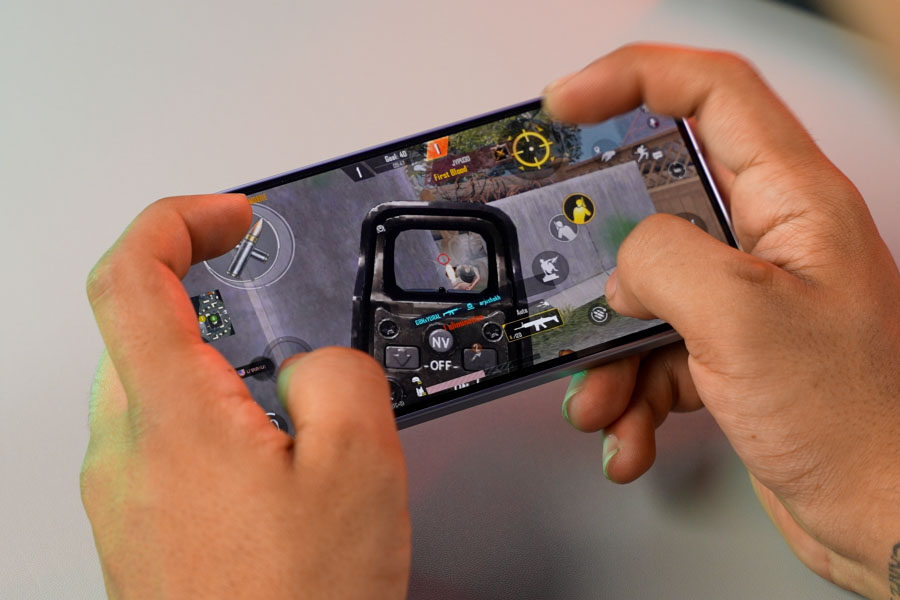
Now, let's start with the usual suspect: Performance. But unironically, the biggest thing I was expecting from Google this year was a major leap in performance. They finally moved away from Samsung’s fabrication to TSMC, the same company that makes Apple’s chips, Qualcomm’s Snapdragon lineup, MediaTek’s Dimensity series, and even chips for AMD and Intel.
So, my expectation was.. Oh, finally, the new Tensor G5 is going to be on par with the competition. But I am really disappointed to see the scores! In all the benchmarks I compared, it’s just so far behind, and this is especially frustrating when Qualcomm and MediaTek are about to drop their next-gen flagship chips in just a few days' time.
Now, Google doesn’t usually brag about raw performance gains. Instead, they always say their focus is on the “user experience” side of things. And to be fair, that’s true if you’re just a basic user.
Software
The software experience here is excellent: fluid animations, smooth navigation, and honestly, it feels fast in day-to-day use. I also noticed it doesn’t heat up as quickly as older Pixels during light tasks, which is a nice improvement.
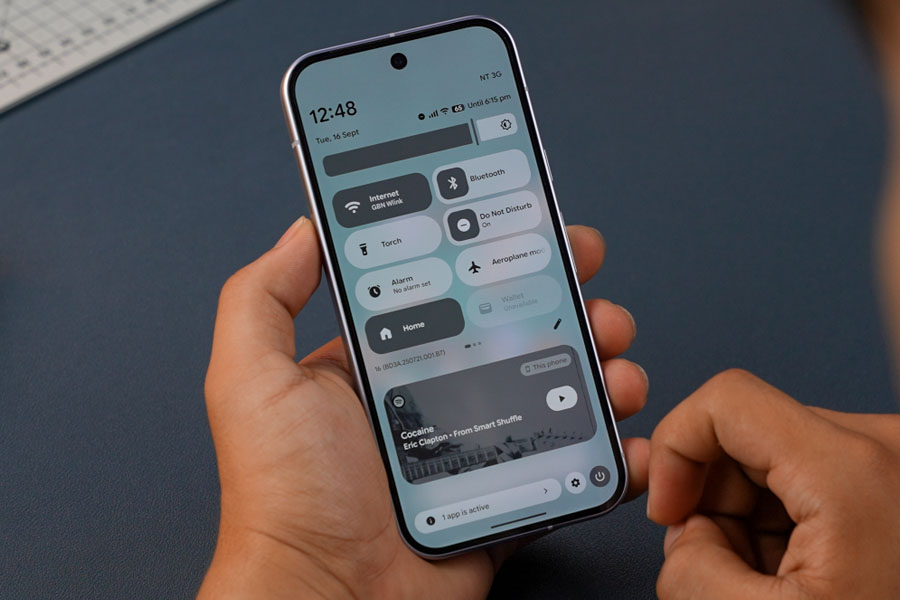
But as soon as I start doing something demanding, like when I am on a group video call on Messenger for like 15-20 minutes, the back of the phone gets really hot that I literally had to place it on a stand instead of holding it.
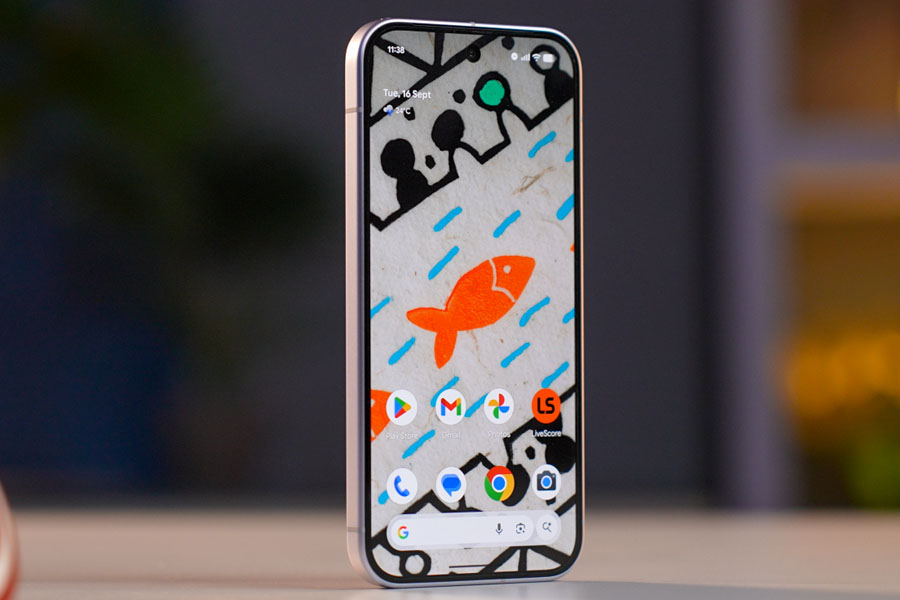
And when it comes to GPU performance, things are even more disappointing. A phone at this price point should be able to handle games effortlessly, but the Pixel 10 struggles. Even with PUBG Mobile, it can’t maintain a stable 60fps — the frame drops and jitters are constant, and the phone heats up quickly.
Battery and Charging
Anyway, one area where the Pixel 10 does redeem itself is battery life. Google has bumped up the battery capacity this year — it’s still not the fancy Si-Ca tech we see in almost all Chinese phones — but combined with the more efficient 3nm Tensor G5, the results are impressive.
I’ve been consistently getting around 7 hours of screen-on time (SOT) on heavy days, even when gaming or shooting a lot of photos and videos. And on lighter, more typical days, the Pixel 10 easily stretches to 8–9 hours of SOT, which is honestly one of the best endurance I’ve seen on a Pixel so far.
Another new addition to the Pixel 10 series is magnetic Qi2 wireless charging. It comes with built-in magnets on the back, which is basically Google’s take on Apple’s MagSafe, which Google is calling PixelSnap.
But here’s the disappointing catch: the official PixelSnap charger costs a whopping 4,500 rupees, which is the exact same price as Apple’s MagSafe. I wanna call this a rich man’s luxury flex.
Design and Display
Ok, moving on to design and display, it’s practically the same as last year! Same compact form factor, same signature camera module. Yeah, it’s not as thin as the Galaxy S25, but I don’t really mind that.
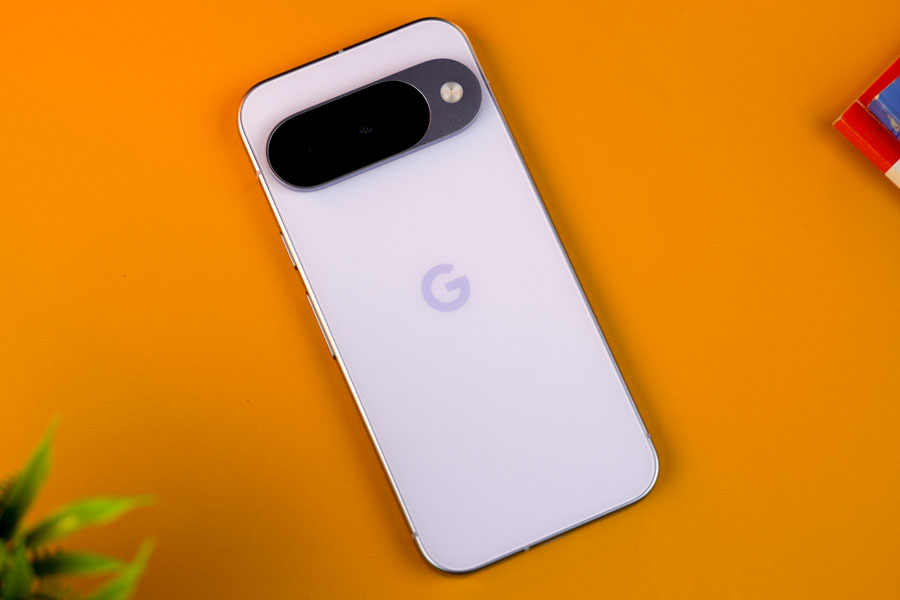
The overall build is excellent; Gorilla Glass Victus 2 on the front and back, aluminium frames, and overall, it feels solid and premium in the hand. And I think the 6.3-inch screen is also that perfect sweet spot for compact size.
Likewise, last year’s Pixel 9 already had top-tier display quality, and the Pixel 10 improves with even better brightness numbers. Outdoors, side by side with the S25, just look at how brighter the Pixel 10 is!
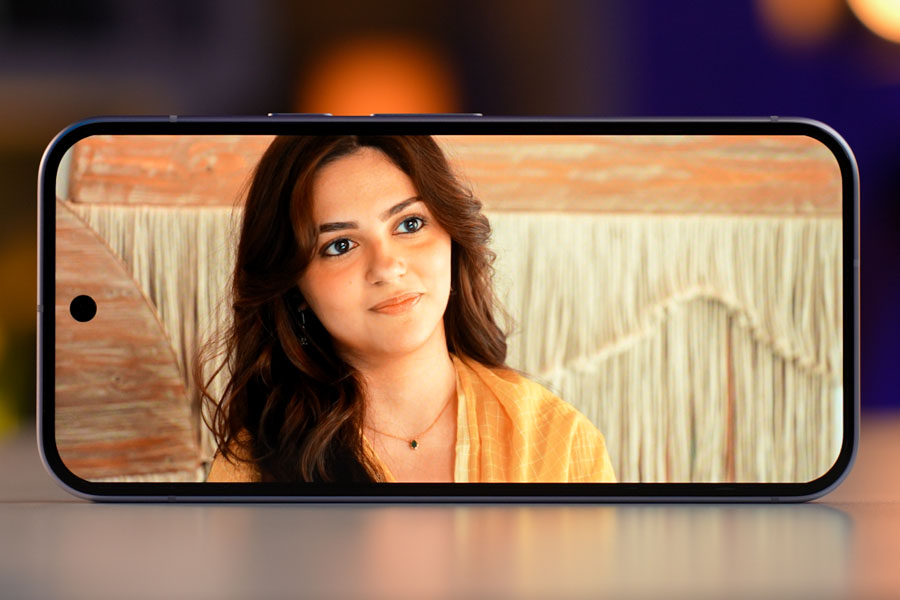
That said, I wish Google had gone with an LTPO panel. Instead, it can either go 60Hz or 120Hz, with no in-between adaptive refresh.

Still, the colours are excellent, HDR10+ works beautifully across all the OTT platforms I tested, touch response is so satisfying, and the haptics are easily the best I have seen on any compact phone right now. Even the speakers are fairly impressive – they have a nice bass punch with fuller sound, and overall, they are enjoyable.
Camera
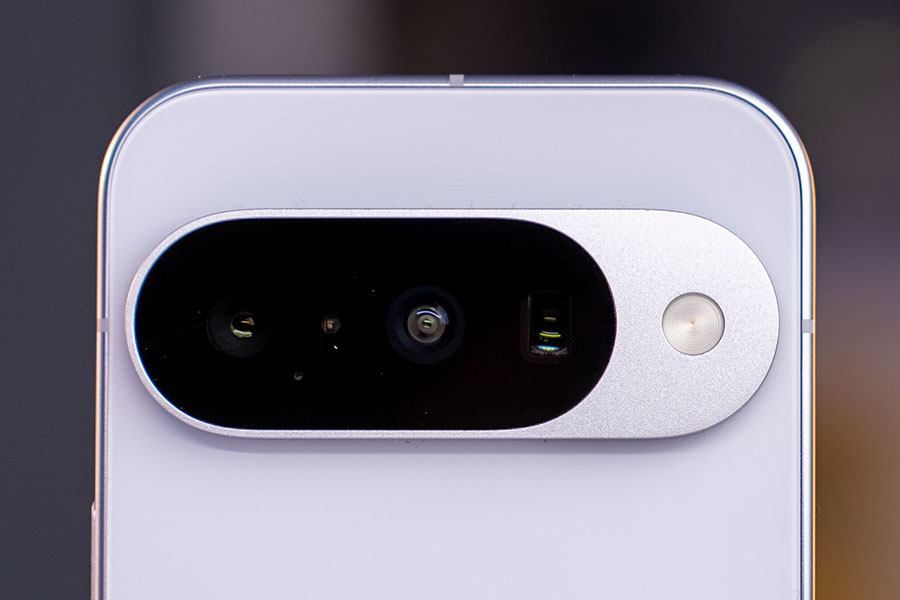
So, the reason why I am calling the Pixel 10 a bad value is partly because of the camera experience I had with this phone.
Yes, Google has provided an additional 5X telephoto lens for zoom shots – which is great. But the main and ultra-wide cameras actually are a downgrade compared to last year’s Pixel 9. The ultra-wide camera doesn’t even have autofocus, which means you can’t take proper macro close-up shots!
Now, to be fair, because Pixel is so good with software processing and optimisation, the regular photos still come out quite decent.
I tested the Pixel 10 against the Galaxy S25, which, in my opinion, is currently the best compact camera phone. And from my experience the Pixel 10 does manage highlights better, especially in direct sunlight. When it comes to Zoom, 5X and beyond, the Pixel 10 clearly has the advantage. It's a dedicated 5X telephoto lens, plus Google’s AI sharpening makes zoom shots much more detailed. The only catch is that Pixel only goes up to 20X zoom!
The Pixel tends to go for a more natural look, keeping shadows and contrast balanced. Samsung, on the other hand, produces punchy, contrasty images and crushes the shadow. If you zoom in, Pixel also holds onto more detail. But, in terms of color temperature, Pixel often leans warmer, while Samsung goes for a cooler tone – and depending on the scene, that could be good or bad.
On the ultra-wide side, Pixel’s field of view is definitely wider than the S25. Just like the main camera, it manages highlights better and keeps colors on the natural side. But this sometimes makes the photos look a bit flat, whereas I found Samsung’s ultra-wide shots are vibrant and eye-catching.
In low light, I like how Pixel handles glares from bright sources. Likewise, in some out of our samples, Samsung gives a weird yellow tone, but Pixel keeps it accurate. And in this candle shot, the warmer look on Pixel actually makes it look really pleasing.
Where both phones struggle is in low-light ultra-wide shots, because of the smaller sensors, images look soft and lack detail, which is disappointing at this price point.
Moving to the front camera, Pixel 10 didn’t get an upgrade; it’s the same 10.5MP sensor as before. But it does have a wider field of view compared to the S25, the colours on Pixel are on a natural side, while Samsung again goes for a vibrant tone. Both look good; it just depends on your preference.
But there are two areas where the Pixel really disappointed me!
No. 1. The Portraits. If you know me, you know that I take a lot of portraits, and honestly, Portrait on Pixel Phones hasn’t improved in years. Samsung is just better across the board – sharper details, more accurate edge detection, and better skin tones. Samsung also has a dedicated 3X portrait lens, while Pixel simply crops into the main sensor for 3X portraits which means you will get subpar detail, depth accuracy, and weird oversharpening.
Another weird part is that Pixel doesn’t even allow native 5X portrait shots. You first need to take a 5X photo and then manually apply the portrait effect. Sometimes it works, but most of the time it’s unreliable and just a hassle.
The second big disappointment is video quality. From the main camera, videos look soft, with some weird jitters at times – and for a phone at this price, that’s pretty average. On the positive side, ultra-wide video and selfie videos are better.
Google Pixel 10 Review: Pros and Cons
Pros:
- Amazing software as always
- Decent battery life
- Great design
- 5X telephoto & natural colors
Cons:
- Expensive and poor value for money
- Weak in gaming
- Camera is actually worse than the Pixel 9
- Portraits & video quality underwhelming
Google Pixel 10 Review: Conclusion
So, like I said at the start – yes, the Pixel 10 is a good phone, but you should definitely not buy it at the full INR of 80,000. Yes, Pixel’s biggest strength has always been its fantastic software experience. And this year, Google has added some really cool new AI features like Gemini Live and Magic Cue.
But here’s the problem – most of these AI features right now are exclusive to the US market right now. And that’s just… weird. Especially because, if you remember, right before launch, Google mocked Apple by saying, “Don’t buy a phone just for a feature that’s coming soon.”
And yet, here we are – with the Pixel 10, most of its hyped AI features like Magic Cue are also in the “coming soon” category!
- Meanwhile, check out our video review of Pixel 10
Article Last updated: November 20, 2025



